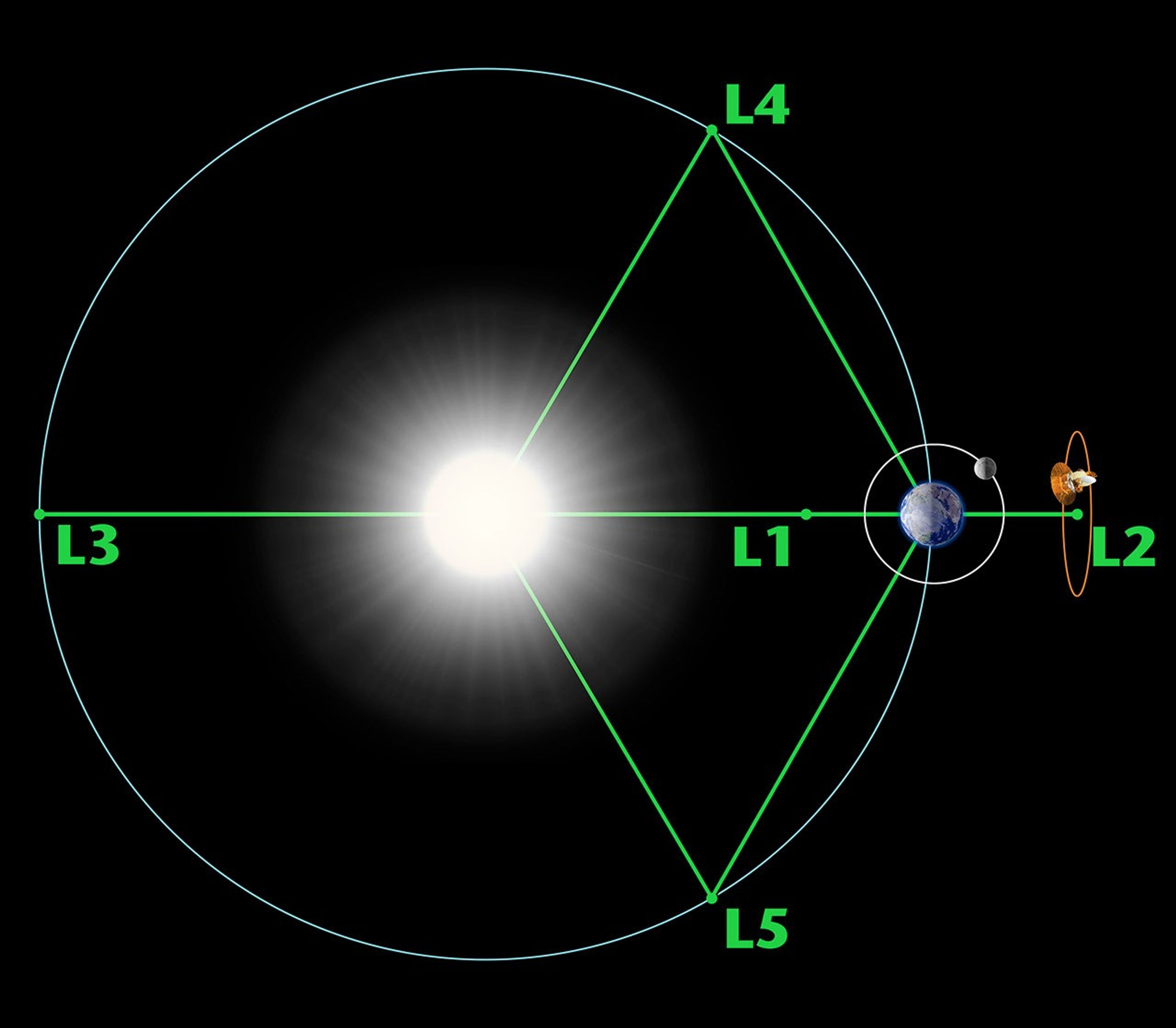I spent the last couple of nights logged into CCP Game's Massively Multiplayer Moddable Online Role Playing Game EVE Frontier. I think I've finished the tutorial and just need to gather up enough fuel to survive outside the starter area. I wanted to post my thoughts so far in this cycle in the hopes players, especially old EVE Online vets, will not skip the tutorial.
I've always had the impression the developers wanted to correct some of the flaws in Online but couldn't because players would revolt. A general theme is that the game provides too much information to players. A big feature is the overview. In Online a big grid exists displaying information about the game world, such as the presence of star gates, asteroid belts, and nearby NPCs. The overview is the major reason Online is known as "spreadsheets in space."
No one will ever call Frontier "spreadsheets in space part 2." The user interface has no grids, at least in the tutorial. Instead, movement between celestials (planets, moons, asteroid belts, etc) is handled through the map. By the end of the tutorial I became comfortable using the map. In contrast, despite maintaining at least one paid subscription since 2009 I have no idea how to really use the EVE Online in-game map.
Another difference is acquiring targets around the ship. In Online, to mine players just look at the overview, lock a rock, and move within range of the mining laser to begin mining. In Frontier the target is acquired visually, meaning players need to move their cameras around to view their surroundings. The tutorial does not have combat so I don't know how that will play out in the current build.
 |
| Recording the location of my structures |
A major difference is the lack of bookmarks in Frontier. In Online players can bookmark locations to mark places to return to. But players are limited to a set number of bookmarks: 15,000 personal locations and 1,500 shared locations. A lot of locations but too many bookmarks in a system do put some strain on the servers. In Frontier players save their locations in the in-game Notepad and then reference the locations from there. In the tutorial I only managed to save my structures in Notepad. No creating bookmarks halfway between celestials.
 |
| Example of Lagrange points (NASA) |
Science comes through to help explain the lack of bookmarks in Frontier. Bookmarks are able to work in Online because the game treats the entire universe as static. Not so in Frontier. Gameplay from what I saw was confined to something called Lagrange points.
Lagrange Points are positions in space where the gravitational forces of a two-body system like the Sun and Earth produce enhanced regions of attraction and repulsion. These can be used by spacecraft as "parking spots" in space to remain in a fixed position with minimal fuel consumption.There are five special points where a small mass can orbit in a constant pattern with two larger masses. The Lagrange Points are positions where the gravitational pull of two large masses precisely equals the centripetal force required for a small object to move with them. This mathematical problem, known as the "General Three-Body Problem" was considered by Italian-French mathematician Joseph-Louis Lagrange in his prize-winning paper (Essai sur le Problème des Trois Corps, 1772).
The law of universal gravitation lies at the heart of EVE Frontier‘s galaxy: to create it, we have been working on simulating the motion of countless particles under the influence of gravity via the n-body simulation. These particles can then be used as points of reference for the matter within Frontier (currently solar systems and clusters of solar systems). As said, we want EVE Frontier to feel as natural as possible by grounding its galaxy to the laws of physics and the Digital Physics which underpin its existence.You may have heard of the three-body problem, which aims to predict the trajectories of three-point masses. Although the two-body problem was solved hundreds of years ago, additional bodies make the system too chaotic and unpredictable. We are working on a simulation that solves this problem as closely as possible.
Of the five Lagrange points, three are unstable and two are stable. The unstable Lagrange points – labeled L1, L2, and L3 – lie along the line connecting the two large masses. The stable Lagrange points – labeled L4 and L5 – form the apex of two equilateral triangles that have the large masses at their vertices. L4 leads the orbit of earth and L5 follows.
 |
| Building structures in an asteroid belt |
 |
| Available destinations from my starting system |
 |
| Prices as of 15 June 2025 |
Would I spend $40 on the game right now? Maybe if I wanted to write about the game. I figure the game still has at least 18-24 months of development ahead of it. I probably would recommend waiting on a free access weekend before spending money. Unlike a game like Star Citizen the game will receive a complete wipe before launching live. And if the game doesn't receive a complete wipe, especially concerning cryptocurrencies, that's a red flag I'll call out loudly.
No comments:
Post a Comment